Thriving new area
Liu Xin, 44, is one of the tens of thousands of government workers who have relocated to the sub city-center. He used to live and work in Beijing's Dongcheng district but moved when his workplace was relocated.
"The government provides dormitories for us, so I can get home in a few minutes. I can have meals in the work canteen, and there are more and more restaurants nearby, providing more choices.
"New hospitals and schools have also been built here, ensuring the education of children and the medical needs of more people," he added.
Liu said his life in the sub city-center is more convenient and easier than in Dongcheng as the population density is lower and many of the public facilities are new.
"The ecology and transportation are both good here," he said.
"If there is anything lacking, it's that many of my friends still live in the downtown area of the city, so it's not as convenient to meet them. However, recently the arts center and new library have attracted many of my friends to come here on weekends so we can hang out again."
To reassure people working in the sub city-center that the facilities are adequate, the government has built new schools and encouraged a number of high-quality schools to establish branches in the area, said Hu from the management committee.
A total of 17 respected primary and high schools have been opened in the sub city-center, providing thousands of children with high-quality education, he said.
The schools not only accept the children of relocated civil servants, but also the children of new residents and professionals who have moved to the area.
Beijing Anzhen Hospital's Tongzhou campus, with an area of 340,000 sq m, is the largest hospital under construction in the city, and is scheduled to start offering medical services in September.
The hospital will be able to deal with 6,500 outpatient and emergency visits a day, with 1,300 beds available. It will perform multiple functions such as providing outpatient services, emergency treatment, medical technology research, inpatient care, professional teaching, and rehabilitation.
The Tongzhou campus of the Beijing Friendship Hospital has already been completed and opened, Hu added. "The efficiency of seeing a doctor has improved, and the treatment experience is much better. Recently, two of my colleagues gave birth to their babies at this hospital and gave good feedback on the services," he said.
The Children's Hospital affiliated to the Capital Institute of Pediatrics will start construction of its Tongzhou campus in the second half of this year, further increasing available medical services.
"In fact, many patients who come to hospitals in the sub city-center are residents from the neighboring three counties in Hebei province," Hu said.
"The development of the sub city-center has also benefited the residents in Hebei and even Tianjin municipality. Many regular visitors to Universal Studios Beijing also come from the surrounding areas of Tianjin and Hebei," Hu said.
"We hope that the growth of the Beijing sub city-center will bring more employment, culture, ecology and convenience to these surrounding areas."
Integrated development
The planning and construction of the Beijing sub city-center along with the formation of the Xiong'an New Area in Hebei, was a significant decision made by the central government.
At the end of February, the State Council Information Office held a news conference to outline the progress made over the past decade on the coordinated development of the Beijing-Tianjin-Hebei region.
"Breakthrough progress has been made in the relocation of noncapital functions from Beijing," Guo Lanfeng, a senior official of the National Development and Reform Commission, said at the news conference. "Focusing on addressing the 'big city malaise' of Beijing, a plan for relocation has been constructed."
The first batch of universities, hospitals, and central State-owned enterprises chosen for relocation have already begun settling in the Xiong'an New Area. Policies covering incentives, investment and household registration have also been implemented.
"The capital's functions have been continuously optimized, making Beijing the first major city in the country to realize sustainable development through reduced resources," Guo said. "At the same time, the Xiong'an New Area has entered a stage of large-scale construction and is undertaking the relocation of noncapital functions from Beijing," he said.
Meticulous planning is made for the use of "every inch of land" before construction begins, Guo added.
"Currently, the urban framework is taking shape, the main backbone of the road network has been completed, and the new area has its own administrative division codes and vehicle license plates," he said.
The level of coordinated development in key sectors has continued to improve, Guo said.
Transportation, ecology and industry are the major areas where breakthroughs have been made. Improvement of the integrated transportation network of the Beijing-Tianjin-Hebei region has been accelerated, and people can now travel between the major cities in 1 to 1.5 hours via high-speed trains and expressways.
"In the past decade, the growth of the Beijing-Tianjin-Hebei region mainly focused on adjusting and optimizing economic and spatial structures," he said.
In the future, the region's growth will continue to be comprehensive and high-quality, Guo said, adding that the Beijing-Tianjin-Hebei region is set to lead "the high-quality development of the entire country".








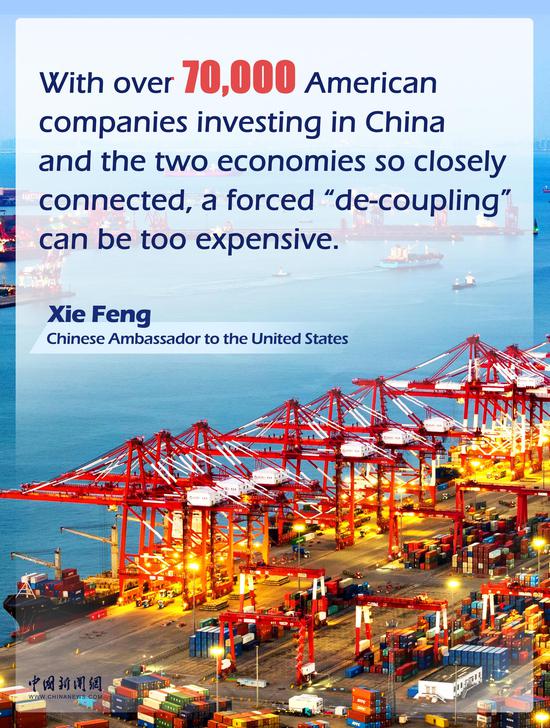


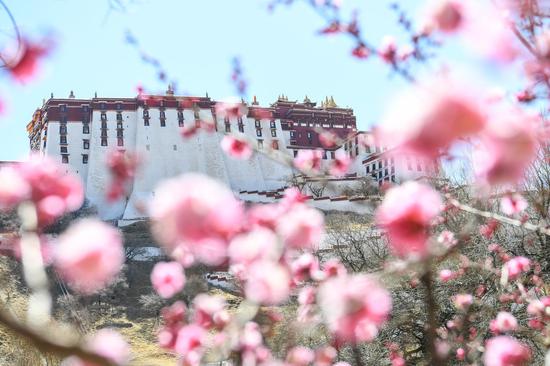
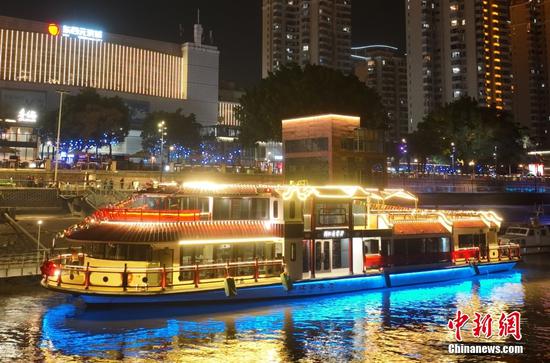
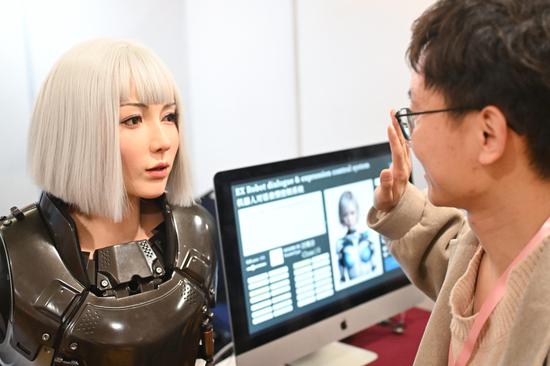

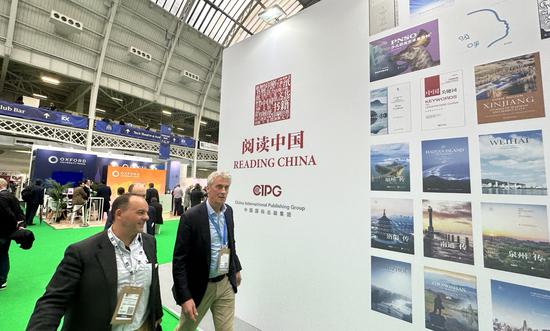


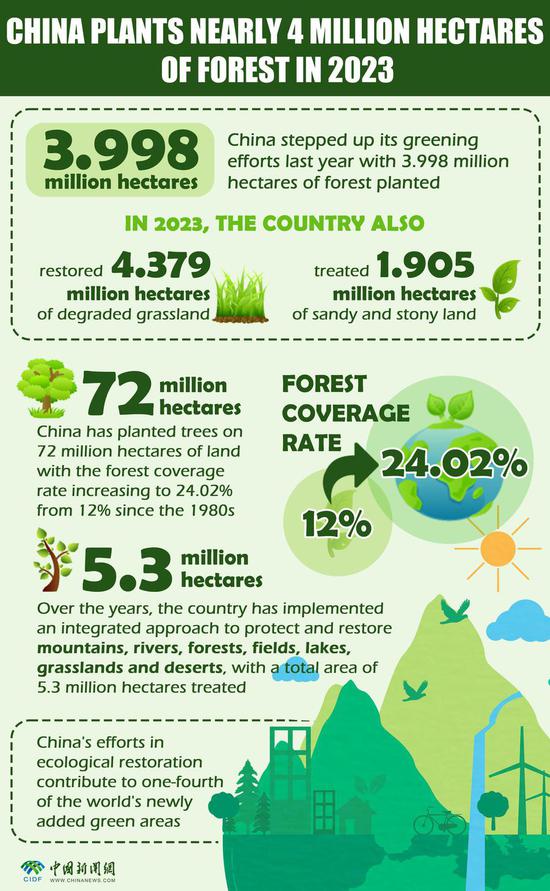
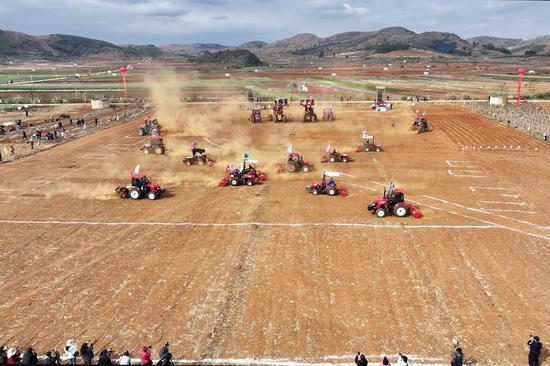

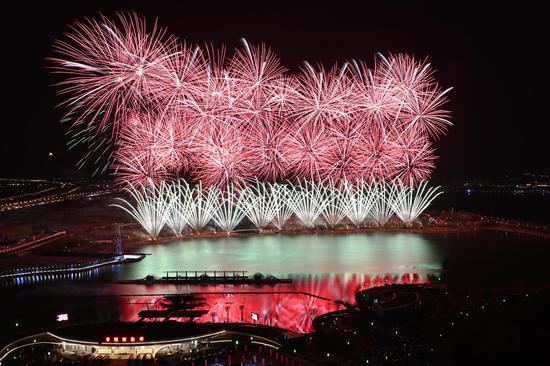
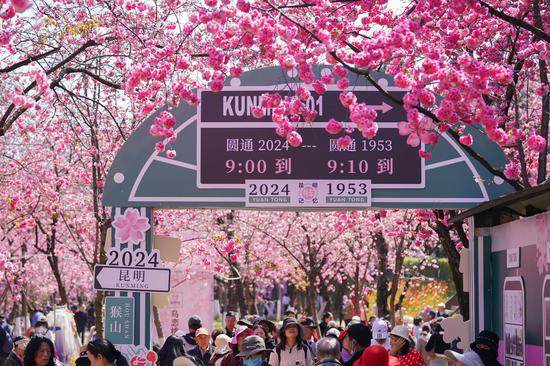


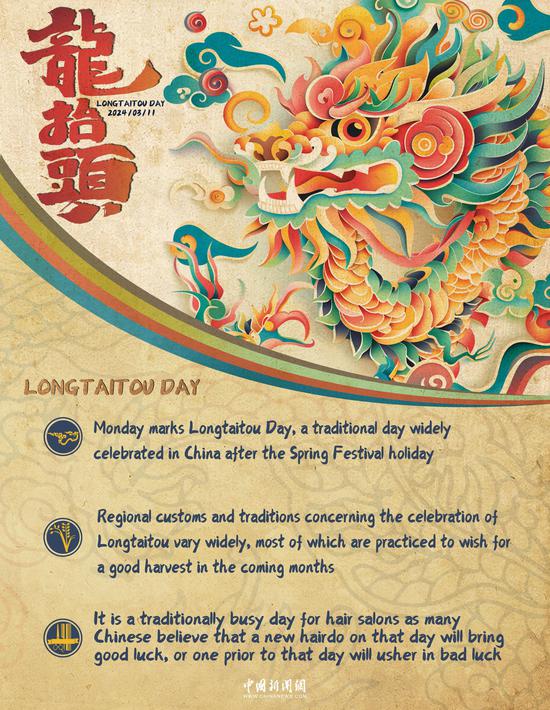
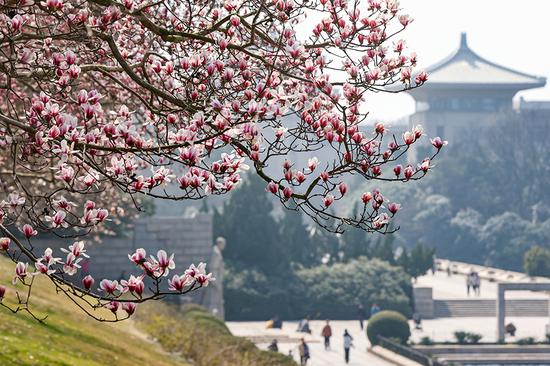
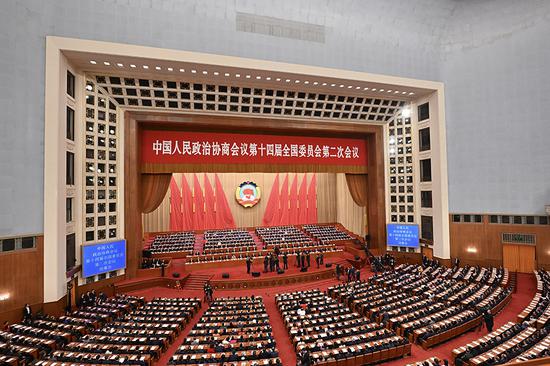
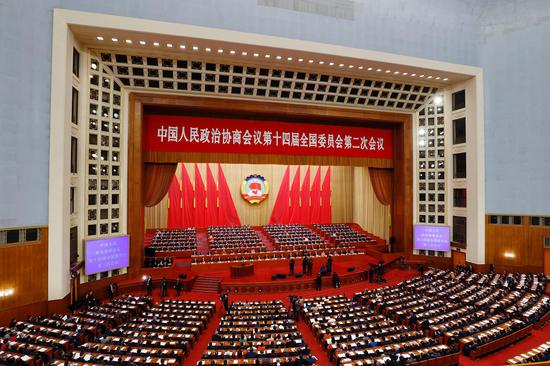

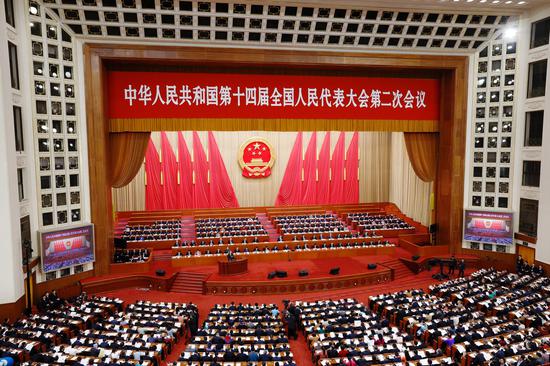
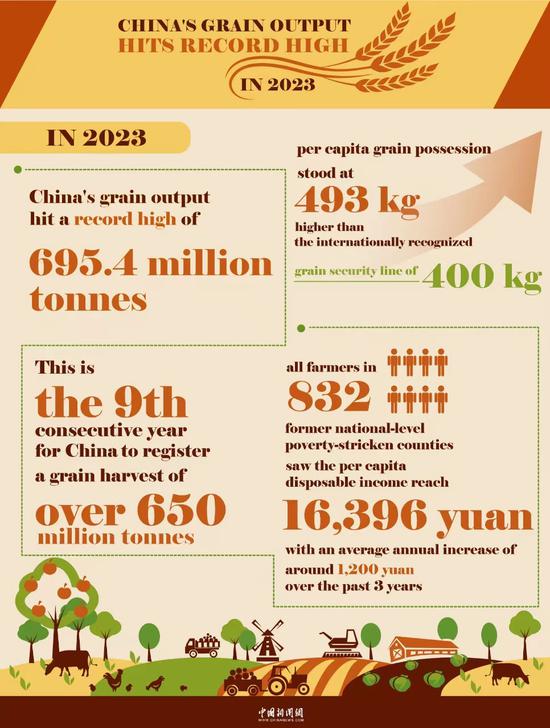

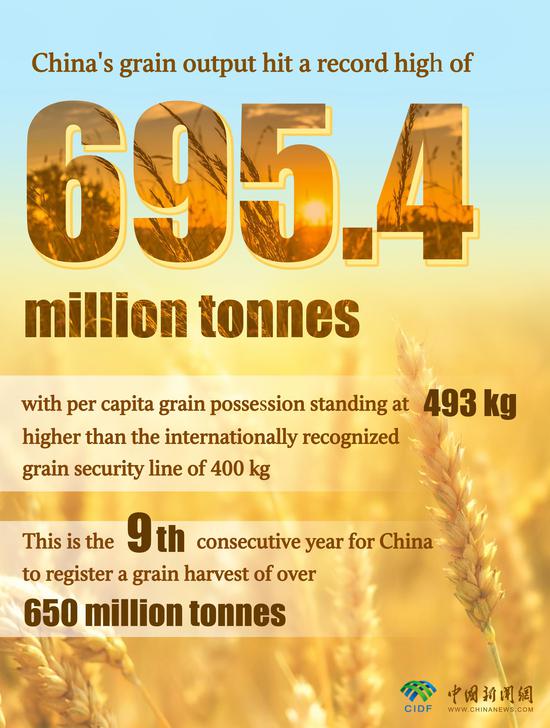
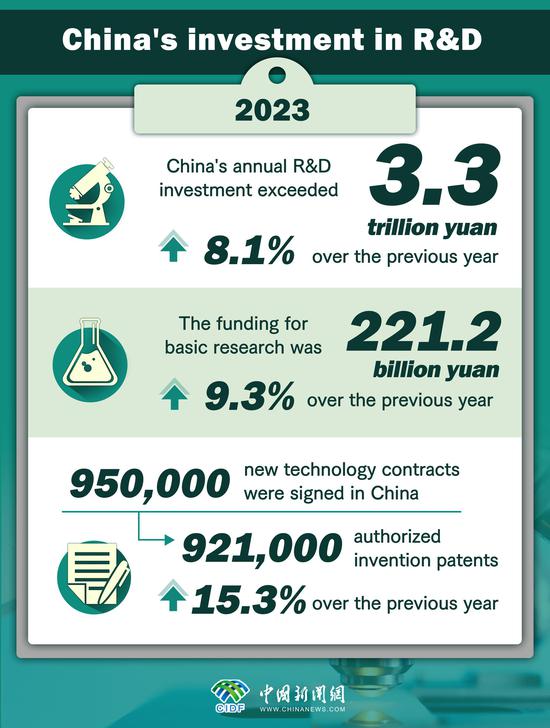

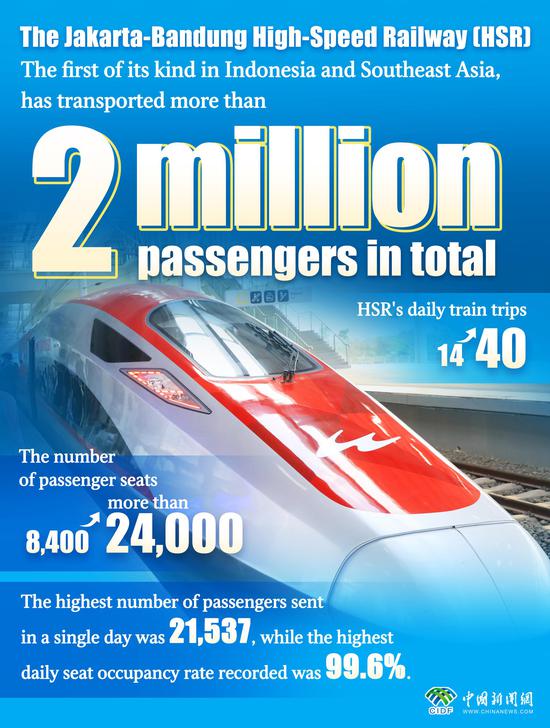
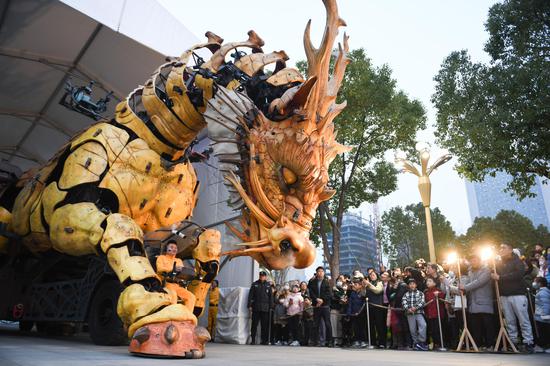


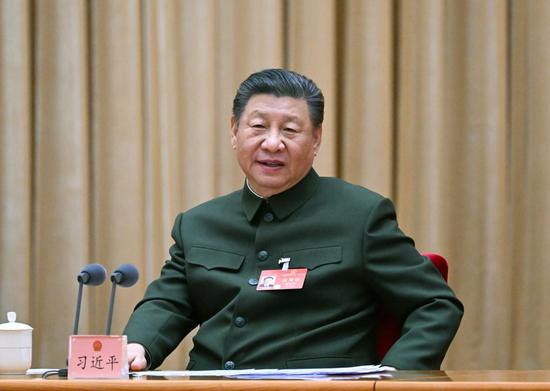
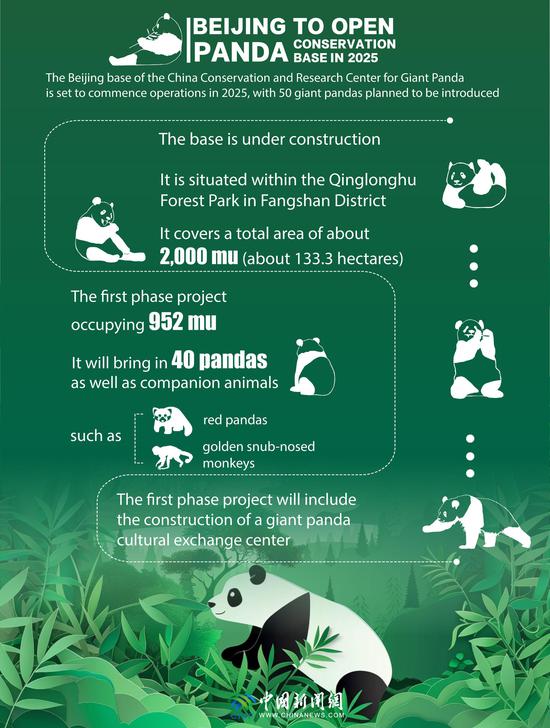

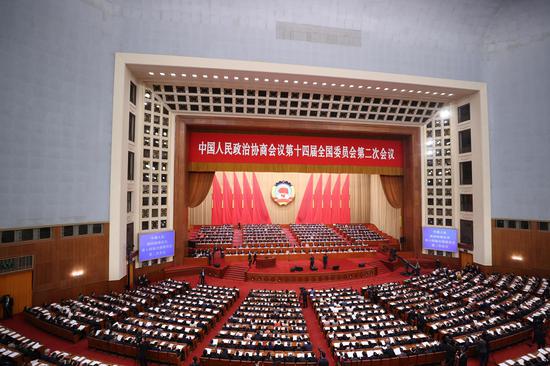
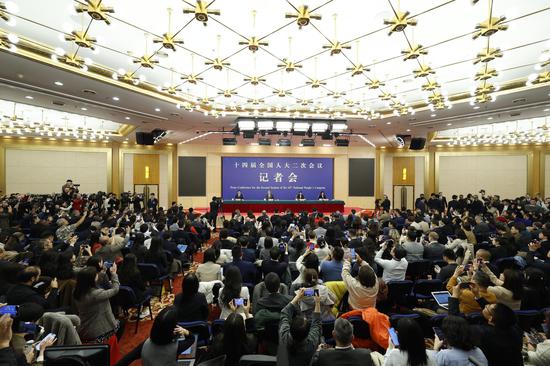

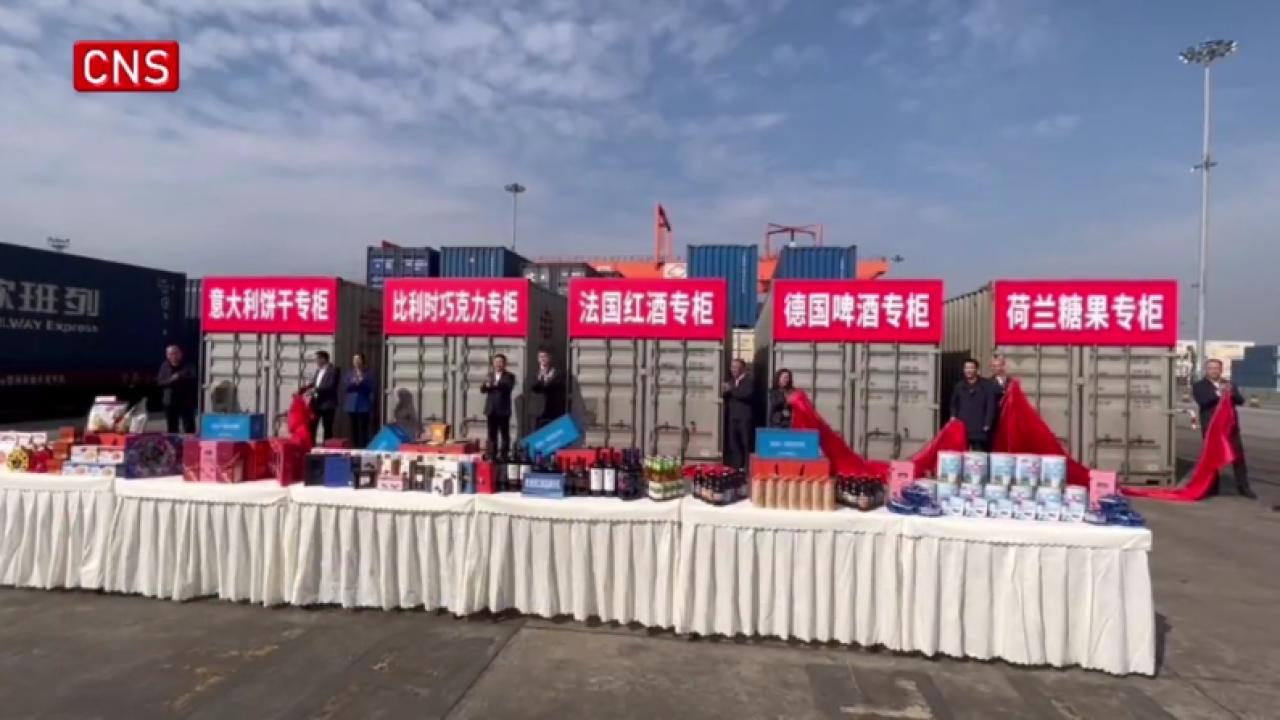



 京公网安备 11010202009201号
京公网安备 11010202009201号